Introduction
As the ambient temperature is exceeding 45°C in most part of the country resulting to suffering of animals due to heat stress. Among all animals’ equines are the ones that are not used for production but for their ability to load and transport three times of its body weight. Heat stress is a common condition in working equines, especially in the summer months. Excessive weight lifting and running releases sweat causing water and ionic loss. If it is hot and humid, the humidity decreases the amount of heat loss that can be achieved through evaporation, increasing the risk of heat stress. Heat stress is an abnormal physiological state, not a disease. Heat stress occurs when the body becomes dehydrated and is unable to cool itself enough to maintain the normal body temperature (99.5°F to 100.5°F). If left untreated, this can lead to heat stroke, which is a life-threatening emergency. Equines over 10 years old are more likely to suffer from heat stress, possibly because older animals are less able to regulate their core body temperature. Heat stroke/Hyperthermia is the most serious disorder associated with heat stress. It occurs when the body’s temperature regulation fails and body temperature rises to critical levels and leads to convulsions and death. Heat stress can advance to heat stroke quickly, if equines body temperature rises to 106°F for prolonged periods resulting in convulsions, coma and death.
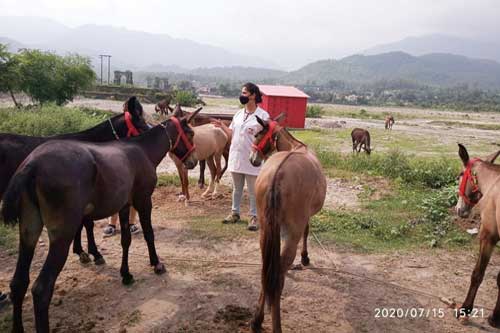
Every equid treated should be offered water. Hot animals should be provided shade while waiting to be examined to avoid further discomfort while animals are waiting.
The aim of management of heat stress is to show owners that it is both preventable and treatable without veterinary intervention. Education is critical to ensure that, in the future, owners are aware about how heat stress can be avoided. Recognition of the early stages of heat stress so that treatment could be done before the animal develops more severe clinical signs.
Causes: Heat stress is caused by weakened thermoregulatory system by following one or more combining factors:
- Hot & humid weather
- Poor ventilation
- Unavailability of drinking water
- Dehydration (Fig 1)
- Excessive work (prolonged & severe muscular exertion)
- Transport stress
- Excessive time spent in direct sunlight
- Poor body condition (Fig 1)
- Heavy hair coat
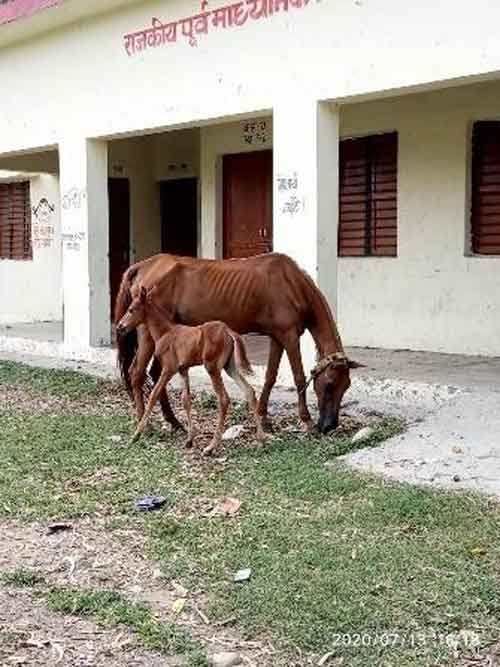
Signs of Heat stress: When the heat is on, be alert for the signs of exhaustion
Behavioral Signs
- Panting or laboured breathing with wide open nostrils/ flared nostrils, (Fig 2)
- Droopy, lowered head and dull/Apathetic behavior/ Lack of response to environment (Fig 3)
- ·Increased respiratory rate and depth
- Increased head movement/ nodding
- Forward and backward body movement
- Increased thirst

Clinical Signs
- Elevated body temperature Temp:102-1040F
- Pulse Rate: >60 (weak & irregular)
- Respiration Rate: >80 (rapid & deep/laboured)
- Capillary Refill Time: 3-6 seconds
- Congested mucous membrane
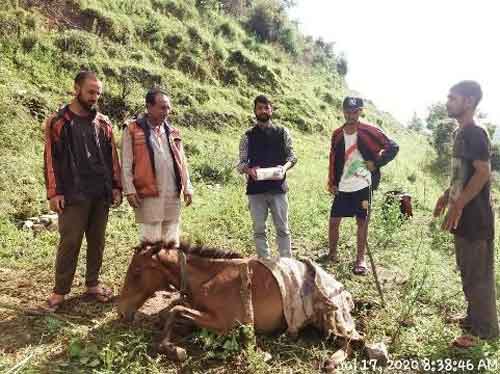
Recognizing behavioral heat stress symptoms, can simplify the decision regarding resting and cooling.
Physiology behind heat stress
Thermal stimuli primarily affects the eccrine sweat glands; which is a consequence of increased body core temperature, skin temperature and associated increase in skin blood flow. An increase in body temperature is sensed by central and skin thermoreceptors and this is being processed by the preoptic area of the hypothalamus to trigger the sudomotor response. Thermoreceptors and muscles in the abdominal region also play a role in the control of sweating. Thermal sweating is mediated predominately by sympathetic cholinergic stimulation. Sweat production is stimulated through the release of acetylcholine from nonmyelinated sympathetic postganglionic fibers, which binds to muscarinic receptors on the sweat gland. Eccrine glands also secrete sweat in response to adrenergic stimulation, but to a much lesser extent than that of cholinergic stimulation. In addition, eccrine sweat glands respond to non-thermal stimuli related to exercise and are thought to be mediated by feed-forward mechanisms, the exercise pressor reflex, osmoreceptors, and possibly baroreceptors.
Under constant environmental conditions, sweating is a linear function of heat production or exercise intensity. Excessive exercise or work results in a significant rise in maximal oxygen uptake Vo2 max that reduces the core temperature threshold for the onset of sweating without raising the total body sweat rate. Sweat rate is measured the overall heat load (Ereq) and the maximal evaporative cooling capacity of the environment (Emax).
Sweat loss = 27.9 x Ereq (Emax)-0.455
Owner identification and awareness of heat stress has a number of advantages:
- It will reduce the time it takes to improve the animal’s condition– reducing the animal’s suffering and avoiding progression. (If untreated, heat stress can progress to endotoxemia, disseminated intravascular coagulation, renal failure, central nervous system disturbance, organ dysfunction and death)
- It will prevent further heat load and fatigue while travelling to and waiting for veterinary attention.
- It will reduce the cost in both time and money for the owner and reduce dependency on external sources to improve animal welfare and management.
All veterinary and animal health field staff, including community development workers, drivers and farriers, should be able to recognize the signs of heat stress and instruct owners on the necessary intervention if this is seen at any time.
Management/Treatment
- Keep the horse under shade or protect from direct sun light and rest until its breathing is normal. (Fig 4)
- Offer a bucket of water to drink. Leave it with the animal for 5-10 minutes, as it may be initially too overheated to Water requirements during exercise in the heat depend on fluid loss from sweating. Sweat rate is proportional to metabolic rate and can amount to 3 – 4L/hour or a maximum of 55L/day. Training and heat acclimatization increase sweat rate by 10 – 20%. When its hot, water is not optional. Hydrate your animals.
- Water bath should be given to the animal and rub the water into the hair so the skin is thoroughly wetted.
- Cold application, spraying, rectal enemas or cold packs should be used.
- Giving intravenous fluids or injections are not recommended in the majority of cases (mild cases) as they may send signals that heat stress is a disease and require a vet to treat it.
- In severe case of heat stress if animal not willing to take water then rehydrate animal by using isotonic fluid through nasogastric intubation or parenteral fluid Isotonic fluid is beneficial as losing 1L of sweat/hour creates a deficit of 1g of sodium/hour in the body.
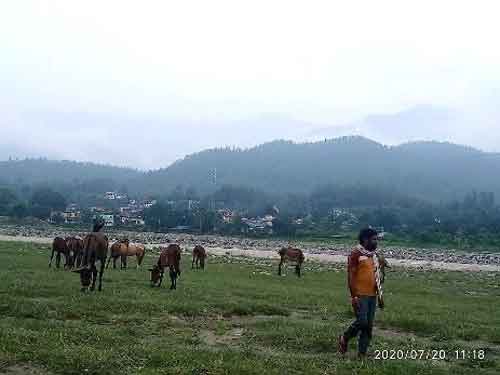
Prevention through awareness and capacity building of animal owners is better than cure.
Prevention – BEAT THE HEAT
- Decreased number of working hours under direct sun light.
- In hot weather, offer water to working equines at least 6-8 times per day. Little and often is the best rule for drinking (Fig 5)
- Advise owners/users to keep a bucket for water with them to fill it with drinking water when available.
- Advise owners/users to rest their animals in shade when they take a rest too.
- Find a shady place for working animals to stand in the heat of the day.
- Regular hair clipping to facilitate cutaneous heat loss
- Frequent rest to the animal
- Avoid overloading
- Avoid work in hot timings (prefer morning or evening hours).
- Offering green fodder daily
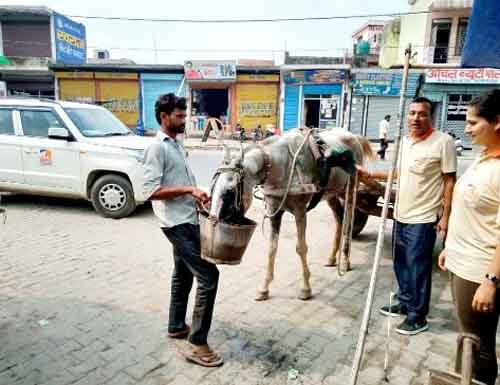
Owner Education
Monitoring equine behavior during work hours may reveal opportunities to introduce simple measures that reduce the risk of these animals of developing heat stress. Owners should be advised to offer water to the animal every time he stops to load, unload or rest (i.e. ‘little and often’, several times a day). “When you are thirsty, your horse will also be thirsty”.
When animal is not working unhitch the animal from the cart and allow him to rest in shade.
The aim is to make owner realize that heat stress is both preventable and treatable/manageable without veterinary intervention.
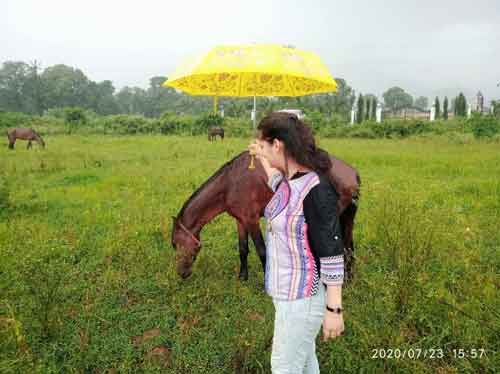


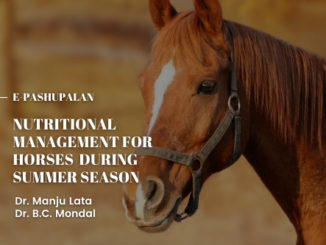

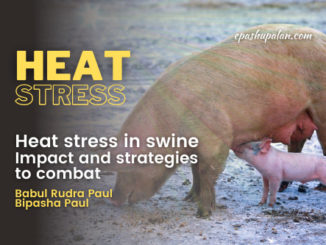

A very informative article. Done a great work. Keep it up 🙂